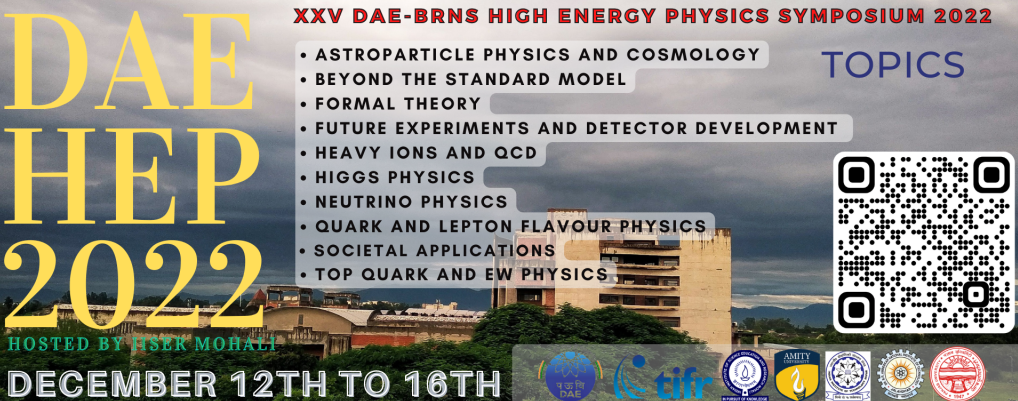Speaker
Description
The ultimate purpose of the relativistic heavy-ion physics is to study strongly interacting matter under the extreme conditions of high temperature and energy density respectively, where the quantum chromo-dynamics (QCD), the theory of strong interactions within the Standard Model, predicts a transition to a new phase of matter, the quark-gluon plasma, QGP. The QGP, a novel state of matter is considered to be the QCD ground state, where partons (quarks and gluons) are deconfined, i.e. no longer bound into composite particles. Such a state of matter existed in the primordial universe, microseconds after the Big Bang, and may still exist today in the cores of neutron starts. In general, such studies are expected to provide information on the properties of large, complex systems including elementary quantum fields, and an indication on the influence of the microscopic laws of physics, expressed by the “QCD equations”, on the macroscopic phenomena like phase transitions and critical behavior.
Therefore, the study of nuclear matter and its different phases is of relevance also beyond the QCD specific domain, because phase transitions and symmetry breaking are principal concepts of the Standard Model and the QCD phase transitions are the only ones that are within reach of laboratory experiments. So far there are no clear experimental indications for the creation of quark matter. However, the study of unusually large density fluctuations observed in high energy hadronic and heavy ion collisions has drawn special attention towards the understanding of the mechanism of particle production. The existence of large fluctuations may be a signal for a phase transition and the understanding of the origin of these fluctuations may provide new insights into the underlying mechanisms responsible for the particle production.
| Session | Heavy Ions and QCD |
|---|
